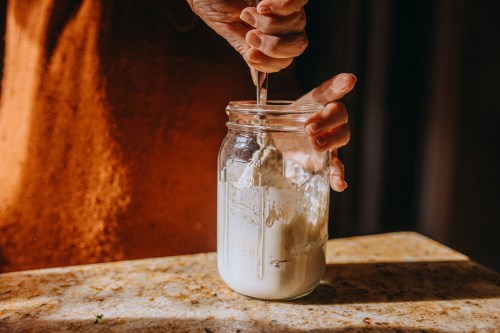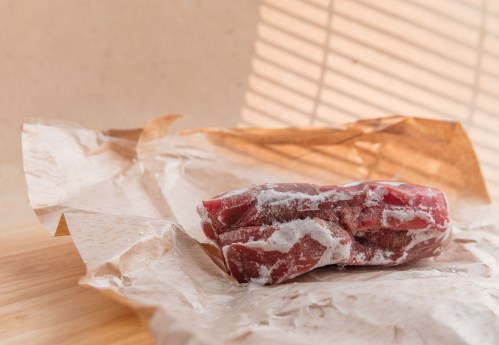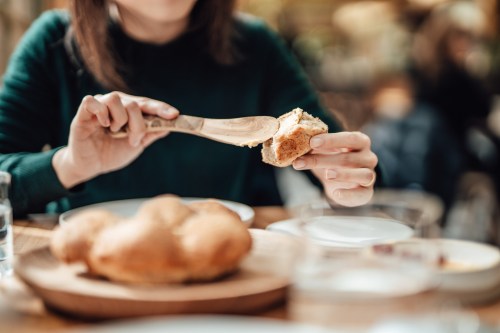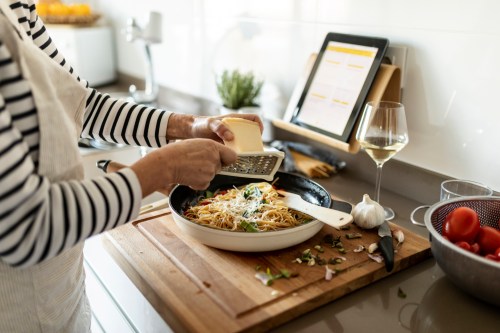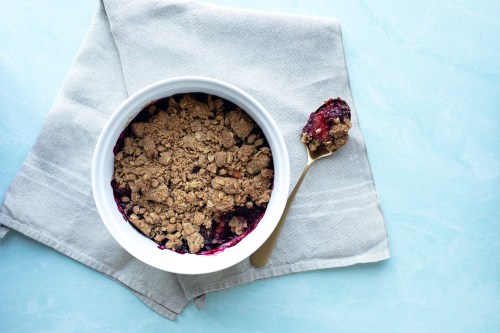The 8-ingredient smoothie a functional medicine doctor makes every morning
Mark Hyman, MD, shares the recipe to his healthy pegan smoothie recipe, made with just eight ingredients. It's delicious and satisfying.

Dr. Hyman (who is a contributor to the upcoming Well+Good cookbook) follows the pegan diet, aka the Paleo vegan diet. “A pegan diet is low glycemic, high in plant foods, low in sugar, and includes adequate protein for appetite control and muscle synthesis,” Dr. Hyman explains. So what’s in his pegan-approved smoothie recipe he starts every day with? Eight key ingredients: almond milk, zucchini, berries, hemp seeds, chia seeds, almonds, collagen, and MCT oil.
“Smoothies are an easy way to get lots of good foods into your breakfast, but all smoothies are not created equal—many of them have way too much sugar,” Dr. Hyman shares on Instagram. “The seeds, almond butter, and MCT oil are a great source of healthy fats to keep you energized, full, and focused.” In other words, without them, you’ll have the hunger other smoothies can leave.
But the benefits don’t stop there. “The collagen has gut-healing and anti-aging properties and I try to use vegetables like frozen zucchini or cauliflower to add some creaminess to my smoothie, instead of relying on bananas that are high in sugar. This is also why I use low-glycemic fruit, like blueberries. And they happen to be the best sources of antioxidants on the planet, which is an added bonus to their delicious taste.” That’s a lot of benefits for eight simple ingredients.
“This kind of smoothie will leave you feeling great all morning long,” Dr. Hyman says. And with this blend, it tastes really damn good, too.
If you’re not into smoothies, here are some other healthy breakfast ideas. And if you want more recipes from Dr. Hyman (and other awesome wellness experts!) you should probably pre-order the Well+Good cookbook.
